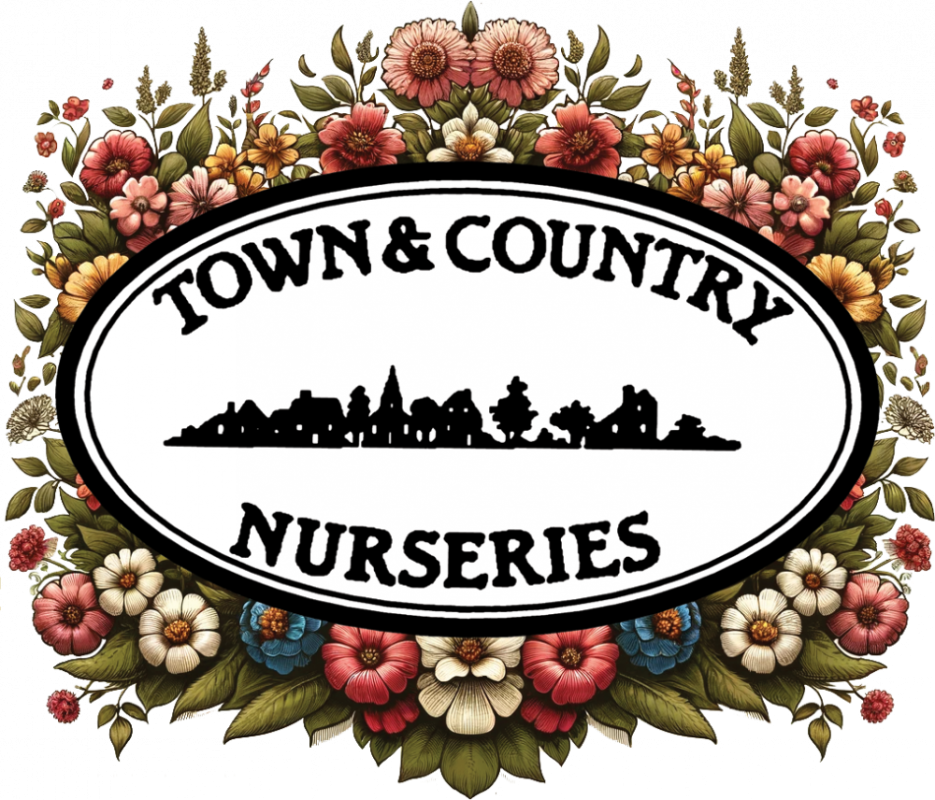July marks a significant point in the year for New England gardens, as the intensity of summer is fully felt and the mid-season growth flourishes. This article provides a comprehensive guide on what to do in your New England garden in July, segmenting the information into five distinct areas: vegetable gardens, lawns, landscapes, container gardens, and flower gardens.
Vegetable Gardens
- Planting: This month offers the perfect timing to plant late-summer vegetables such as beans, cucumbers, and summer squash. It’s also the ideal time to plan for the fall season by seeding cool-weather vegetables such as broccoli, cabbage, kale, and Brussels sprouts indoors.
- Harvesting: Expect to see ripe tomatoes, peppers, summer squash, cucumbers, and early planted corn ready for harvest.
- Maintenance: Ensure regular watering and weed control, especially during the hot, dry days of summer. Use mulch to conserve soil moisture and protect roots from overheating. Stay vigilant about pests and diseases, removing harmful insects by hand and using organic pesticides if necessary.
Lawns
- Watering: Lawns need about 1 to 1.5 inches of water each week. Water deeply but infrequently to stimulate deeper root development.
- Mowing: Increase the mowing height to approximately 3 inches to reduce grass stress and minimize water evaporation from the soil.
- Fertilizing: Typically, avoid fertilizing in July to prevent lawn burns. If absolutely necessary, opt for a slow-release fertilizer.
Landscapes
- Planting: July is generally not the best time to plant new shrubs and trees because of the intense heat, but if you must, ensure they receive plenty of water for root establishment.
- Pruning: Cut away faded blooms on perennials and summer-blooming shrubs to stimulate new growth.
- Watering: Deep watering is key, particularly for newly planted trees and shrubs.
Container Gardens
- Planting: Keep planting summer flowers and herbs to maintain a colorful and vibrant display.
- Watering: Potted plants dry out quicker, so they may need daily watering, especially on hot days.
- Fertilizing: Frequent feeding is crucial for plants in containers. Apply a water-soluble fertilizer at least once every two weeks.
Flower Gardens
- Planting: Carry on with planting annuals and summer-blooming perennials. For a vibrant fall display, start seeding fall-blooming plants like asters and mums.
- Deadheading: Consistently remove spent flowers to promote further blooming.
- Mulching: Mulch around plants to keep the soil cool, conserve moisture, and suppress weed growth.
Remember, July in New England can be characterized by hot and potentially dry conditions. Prioritize watering all parts of your garden, particularly those with newly planted seeds or saplings. Regularly check for pests and diseases, and most importantly, savor the beautiful results of your hard work as you enjoy the tranquil ambiance of your garden.

